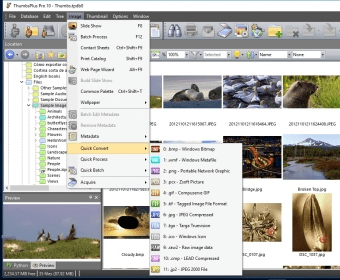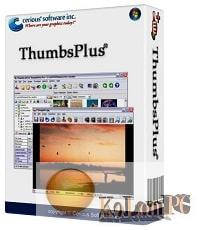

PNG web site now lists more than 90 additional viewers that either did not support or were not known to support PNG when the first edition went to press: It is even less practical to test every one in 2003 than it was in 1999 the The current version of each, as of this writing, is listed wherever possible. Gamma and text support are noted wherever known, as is the ability to convert to or from other formats, but this is primarily a laundry list of viewers, sorted by platform. The list of viewers presented here is likewise long on breadth and short on specifics, simply because testing every viewer for every platform-or even a reasonable fraction of them-is impractical. Gamma correction is the primary “special” feature one would like color correction and the ability to view text annotations would be nice as well, but the reality is that most image viewers concentrate more on speed and breadth of support for different image formats and display depths than on features specific to any one format. One could certainly get that text data inserted into the images automatically with Exiftool and some scripting.Unlike, say, image converters or editors, there is generally not a great deal to say about a PNG-supporting image viewer other than that it does, in fact, display PNG images. If not, see if you can get the meta data out of ThumbsPlus and into some kind of text file:

If not, see if ThumbsPlus has the ability to take the keywords from its internal database and write them to the images (or sidecars). If your existing keywords are already embedded in the images then idImager should be able to pick them up. I already noticed that idImager included (appropriately) some warnings to that effect.

Writing embedded meta data to proprietary RAW files can be a bit hairy and render the file unreadable by another application. Most systems allow (at least as an option) both of those although some require sidecars versus embedded, at least for RAW files. That way, the data is always with the image. But I need it in the image too (for portability). You typically want the data in the catalog for searching speed. Metadata is typically stored in one (or more) of three places: It's been a long while since I looked (briefly) at ThumbsPlus and I honestly don't recall enough specifics of that program so I'll talk in general terms: When you say "Get those keywords written into the image files! Your images are going to outlive any one cataloging system" that's and excellent point, but not sure how to do that.


 0 kommentar(er)
0 kommentar(er)
